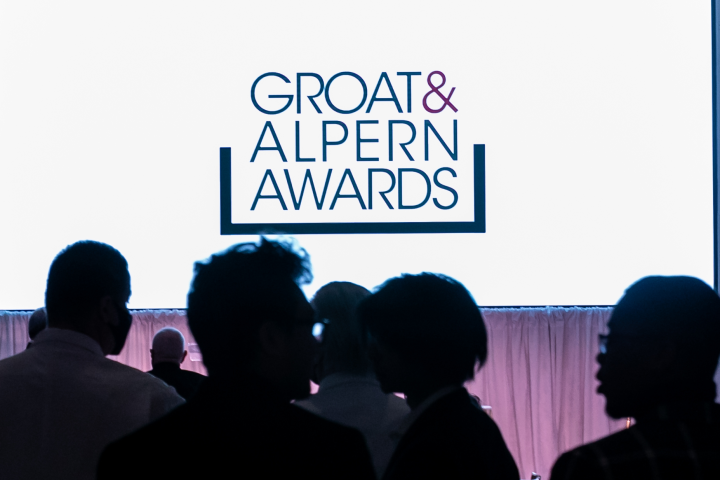
Labor Relations in Flux
What exactly will be the future of bargaining and the labor movement in the age of digital disruption?
“Bargaining and Dispute Resolution in the Age of Uber: A New Paradigm for Labor Relations Practitioners” took on possible answers April 18.
ILR Neutral in Residence Allison Beck facilitated a panel of four.
James Conigliaro, Jr., assistant directing business representative and general counsel for the District 15 Machinist Union, has been working on creating representation for Uber drivers.
“We are trying to build a community amongst the drivers, build solidarity, show them how to organize and teach them what they can do if they stand together,” Conigliaro said.
Michelle Miller, co-founder of Coworker.org, described how her website has become a platform for workers in companies such as Starbucks, IBM and Uber.
“Starting in 2011, workers were leveraging popular technology tools to change policies in their workplaces,” Miller said. “We have seen for 200 years workers find ways to find one another using the tools that they already have access to, so this is just the newest version of that.”
G. Roger King, Cornell Law ’71, senior labor and employment counsel for the HR Policy Association, pointed out declines in the share of the workforce that are union members.
“If you are in the traditional labor movement, you have to say that our product is not selling and our market share is declining,” King said. “Some of my management friends say that they have defeated organized labor and I don’t agree with that at all as collected action has replaced collective bargaining.”
Ted Bantle ’10, commissioner for the Federal Mediation and Conciliation Service, sees algorithms being an increasing part of mediation issues.
“We are reaching a point of not just negotiating the bumpers of the algorithm about not scheduling someone for a closing shift and opening shift,” Bantle said. “How that algorithm is actually coded is going to be a dispute.”
Part of the legislation to allow Uber to operate in New York state allows Uber to test self-driving vehicles in upstate New York.
“It is a big concern for drivers as Uber came into a lot of communities promising jobs and revenue,” Conigliaro said. “The drivers will then build the business and they will switch them out for computers.”
“The only way we can fight that is through legislation and making sure it is as safe as possible,” Conigliaro said. “It is a tough argument to make since you don’t want to stifle innovation and, at the same time, you want to represent the workers.”


